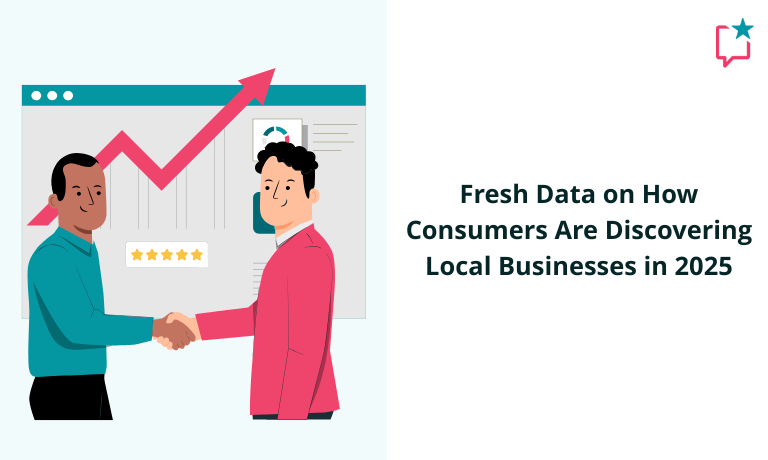
What is the big picture of how today’s consumers are seeking and finding local business information? How can a local brand you’re marketing be present at critical stages of customer journeys, and what should your strategy for this look like heading into 2026?
2025 has been a year of great change in local search marketing. Market disruptions like the rise of conversational AI demand data-based answers to whether consumer behaviors are significantly changing. For GatherUp’s full data set, download Beyond The Stars, the most recent edition of our annual survey of 1000+ consumers.
Today I’m going to do a deep dive into one of the most important segments of this survey: a detailed view of how people are accessing local business details right now, across multiple points of entry. I have original stats + a helpful strategy checklist for you. With this information, you’ll be able to identify any gaps in your online and offline presence and create a strategy for filling them.
The Big Picture: Diverse access points for local business information
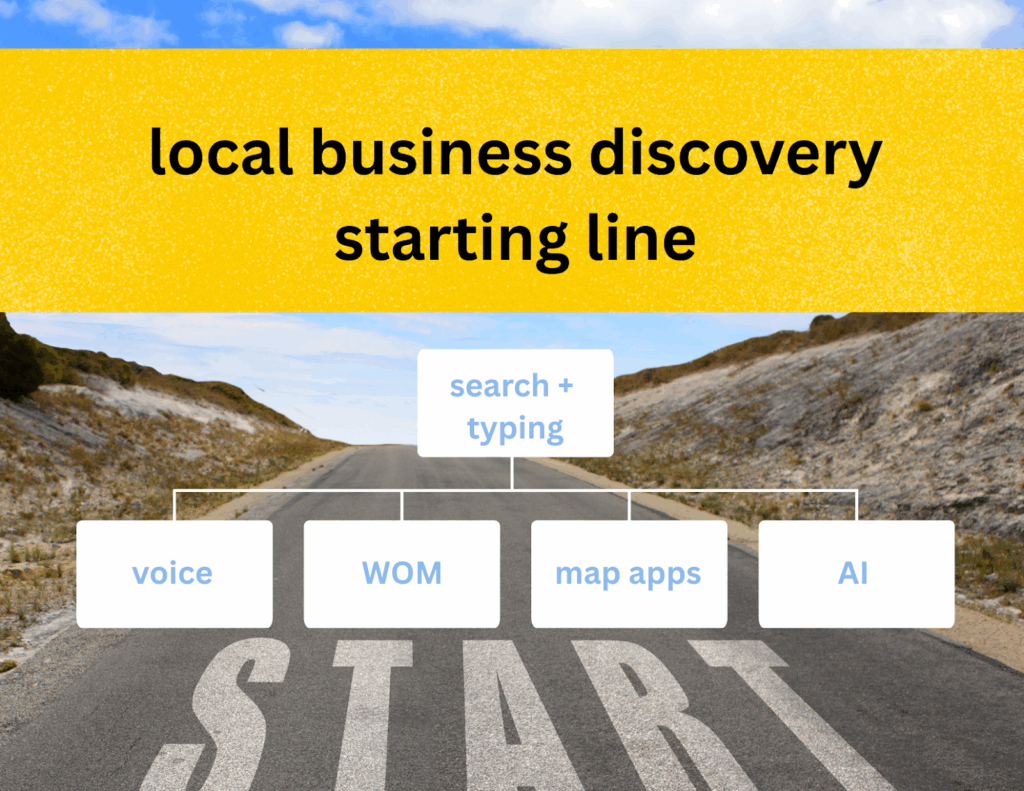
Let’s look at the dominant paths that are currently connecting local consumers to nearby businesses.
It starts with search
Main path: 58% of consumers begin their hunt for a local business by typing a query into a traditional search engine like Google or Bing.
Alternate routes:
- 14% start by typing query into a maps app like Google Maps or Apple Maps
- 11% start by speaking a query into a voice assistant like Alexa or Siri
- 8% begin by prompting an AI tool like ChatGPT, Claude, or Gemini
- 7% begin by asking friends or family
- 1% begin by searching social media
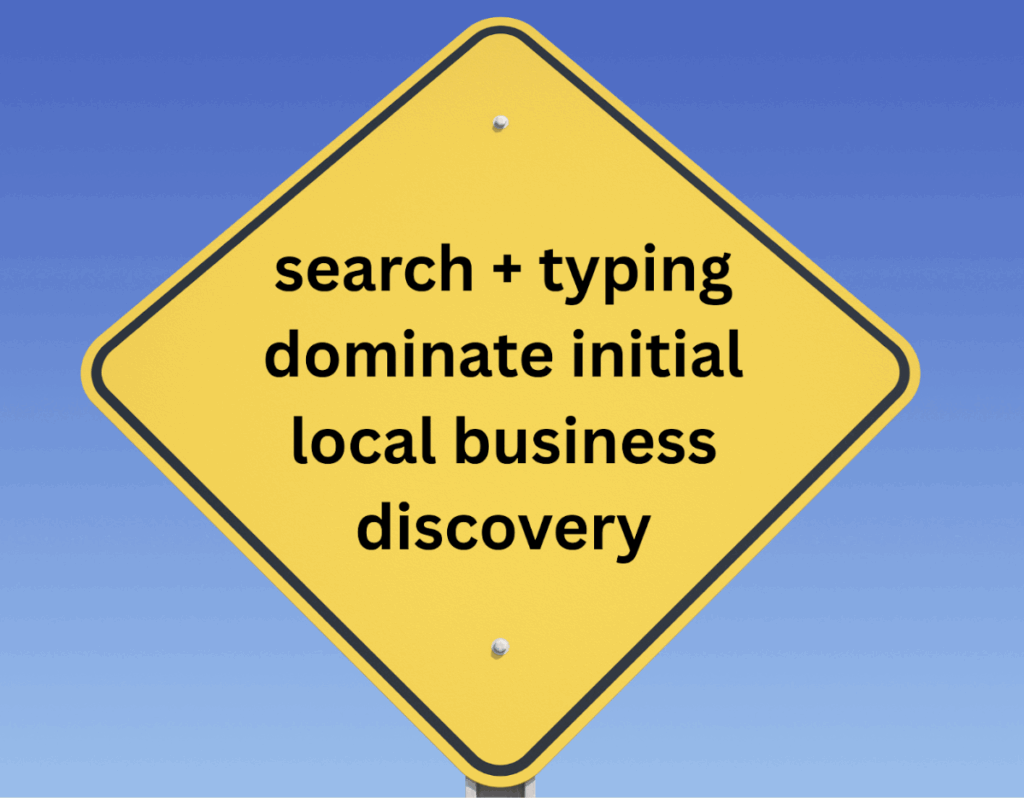
Reading the road signs: For most local businesses, traditional search and typing are still dominating the initial discovery phase of local consumer journeys. Your brand should still be prioritizing the creation and optimization of core local business listings like Google Business Profiles and the development of optimized location landing pages for maximum local and organic search visibility.
The road widens from there
Main path: Though the majority of consumers start their local search journey by typing a query into a search box, they’ll try a variety of methodologies to access the information they need. 62% have used a voice assistant on their phone or a smart speaker (e.g. Siri, Alexa, Google Assistant) at some point to find a local business.
Alternate routes:
- 60% have tried asking for word-of-mouth (WOM) recommendations from friends and family
- 55% have tried consulting an AI-based overview in Google or Bing’s search results
- 48% have tried asking conversational AI such as ChatGPT, Claude, or Gemini
- 23% have tried using an AI browser, such as Perplexity’s Comet, The Browser Company’s Dia, Arc Max, or Brave Leo
- 16% have never tried using any of the above alternates, and stick to traditional search
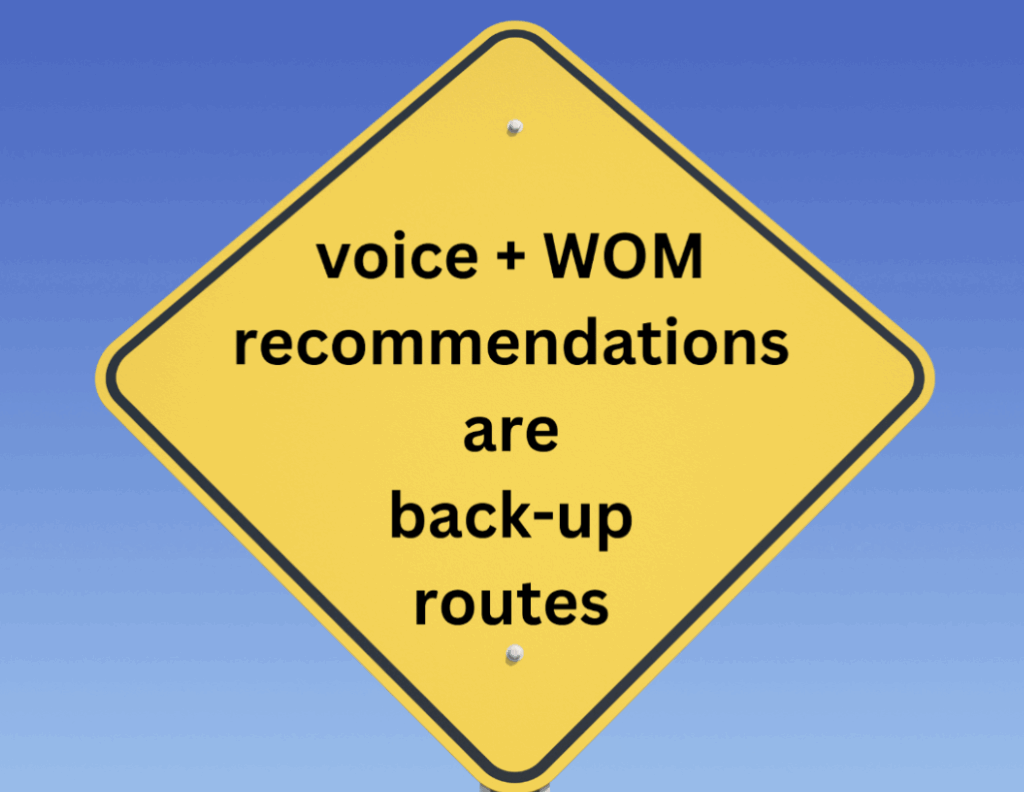
Reading the road signs: 60+% of local business consumers may branch out to asking voice assistants or friends/family. Document, publish, and answer your customers’ FAQs on your brand’s website to feed voice assistants easy responses. Institute a formal referral program and provide exceptional consumer experiences that generate WOM recommendations.
Traffic on the AI highway
Main path: When asked about how much they are using conversational AI like ChatGPT, Claude, or Gemini to recommend local businesses, 31% of consumers say they’ve done so many times.
Alternate routes:
- 26% say they’ve tried conversational AI for this purpose just once or only a few times
- 23% say they haven’t tried this at all, but might in future
- 19% say they haven’t tried this at all, and aren’t interested in doing so
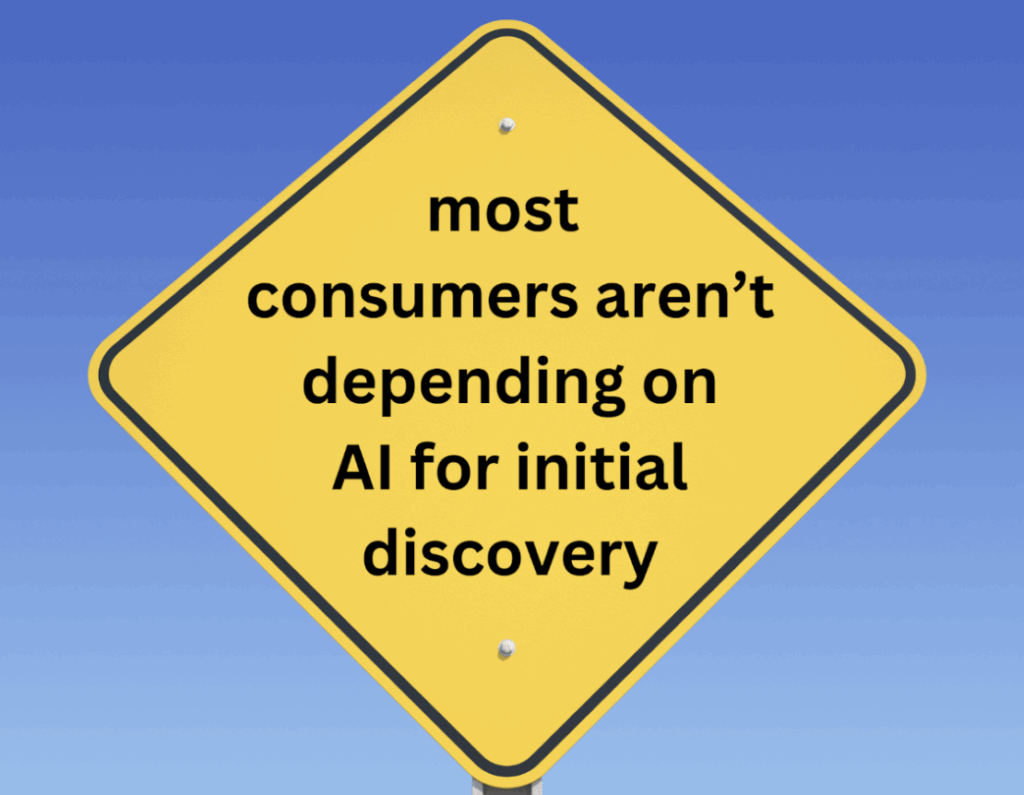
Reading the road signs: 68% of local consumers are not heavily dependent on AI-based local business recommendations. Alternate surveys are beginning to show that people are turning to conversational AI in search of deeper local business information. So, while environments like ChatGPT may not be dominant in the initial local business discovery phase, their importance may grow as consumers reach further stages of their journeys. Develop a strong digital footprint of unstructured citations (mentions of your business on third-party platforms other than formal local business directories) to give AI tools plenty of deep information to scrape.
CTR on the AI highway
Main path: When using conversational AI to discover local business information, 33% of consumers say they always click through on links cited by these programs before deciding which local business to choose.
Alternate routes:
- 26% say they frequently click through to cited AI sources before choosing a local business
- 23% say they sometimes click through
- 9% say they never click through
- 8% say they rarely click through
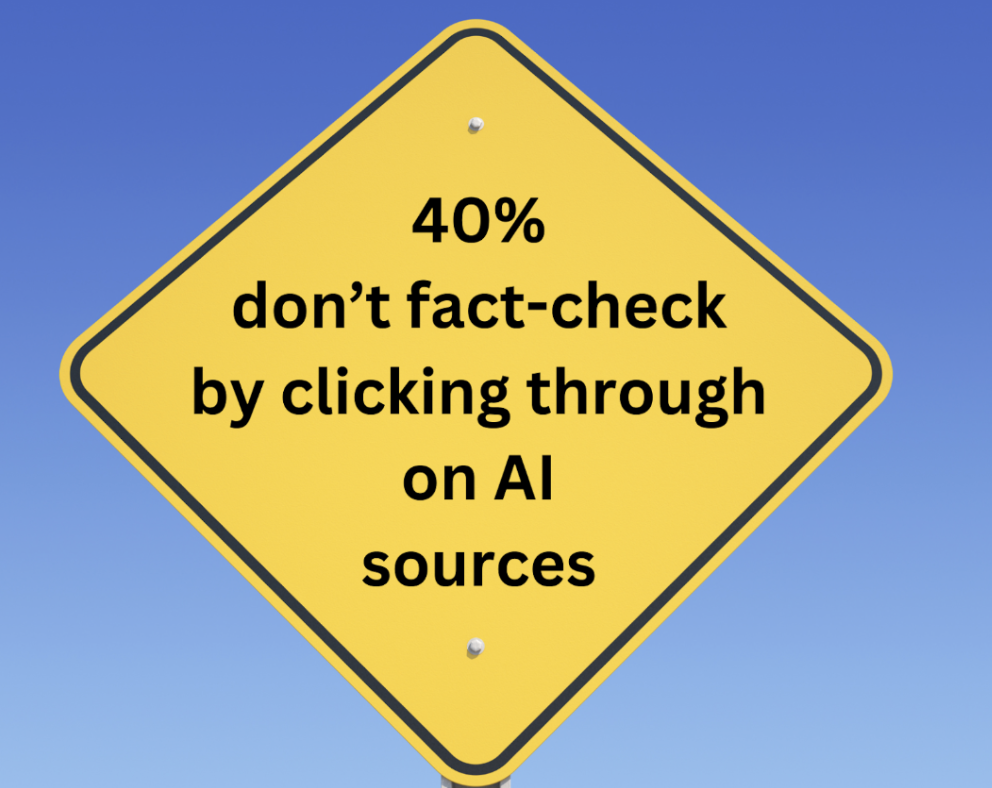
Reading the road signs: 40% of local consumers are not rigorously fact-checking AI sources. This represents a business risk due to AI’s habit of generating errors. While many consumers are not clicking through to vet AI sources, your brand should investigate how you are currently being represented in these tools for your most important queries. If AI is citing incorrect information about your brand, try to correct errors at the source.
Your Takeaways from Current Local Customer Journeys
Use the following checklist to maximize visibility to today’s customers during the business discovery phase of their journeys.
- Create, claim, and fully fill out Google Business Profiles and Bing Places listings
- Update profiles + website when core contact info changes
- Check that your place markers/map pins are accurately placed on mapping apps
- Optimize contact and location landing pages on your site with accurate NAP
- State and answer consumer FAQs within your website’s content
- Develop a broad unstructured citation footprint for AI scraping
- Build a formal referral program for WOM recommendations
- Provide exceptional customer experiences that inspire WOM referrals
Next steps: Beyond discovery to selection
Today, we’ve looked at consumer behavior during the initial business discovery phase of customer journeys. Studying the stats and using the checklist should help you be visible to as many potential customers as possible during this critical stage.
However, being found by nearby consumers is just the first step. Being chosen requires a smart ride on the review road. Multiple aspects of local business reviews impact rankings and conversions. This means that they influence both initial discovery (being visible in traditional search and novel AI environments) + profitability (earning sales on the basis of having a superior reputation).
While understanding how emergent technologies like conversational AI are altering customers’ paths to your business is certainly important for your 2026 local search marketing strategy, 98% of consumers will be influenced by what reviews have to say about your brand. Take a deep dive into vital reputation insights by reading GatherUp’s full report from our major local consumer survey.
